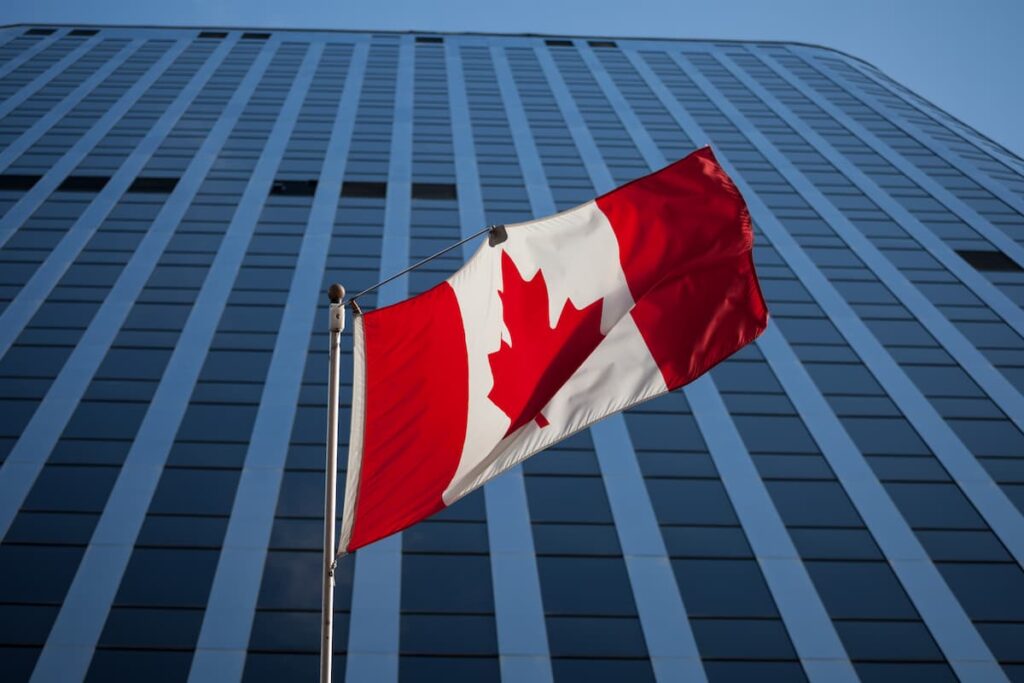A High-Stakes Election Shaped by Cross-Border Strain
Canadians are heading to the polls in an election heavily influenced by economic uncertainty and an increasingly tense relationship with the United States. Recent tariffs on Canadian exports, along with controversial annexation threats from U.S. leadership, have created a backdrop of national anxiety that shaped the tone and urgency of this year’s campaign.
At the heart of the election, voters are deciding whether to grant interim Prime Minister Mark Carney and the Liberal Party a full mandate, or whether it is time for the Conservative Party, led by Pierre Poilievre, to take control after nearly a decade of Liberal governance. In the early hours of election day, citizens in Canada’s easternmost regions began casting their ballots, signaling strong engagement amid a politically charged atmosphere.
Rising Nationalism and Economic Promises
The uneasy relationship between Canada and its southern neighbor has fueled a surge of nationalist sentiment across the country. U.S. tariffs, seen as a direct threat to Canada’s economy, and aggressive rhetoric about absorbing Canada as an extension of the United States, have angered Canadians across the political spectrum. In response, Carney has positioned his campaign around protecting Canadian sovereignty, emphasizing a vision of national resilience and economic independence.
Having recently stepped into leadership after his predecessor resigned, Carney brought to the role his experience as a former governor of both the Bank of Canada and the Bank of England. His campaign centers on rebuilding Canada’s economic foundations by promoting domestic manufacturing, clean energy initiatives, and infrastructure development to reduce reliance on American markets. Throughout his campaign, Carney has presented himself as a steady, professional hand capable of navigating global financial complexities for the benefit of Canadian workers and businesses.
The Conservative Push for Change
Opposing Carney’s Liberals is the Conservative Party, led by veteran parliamentarian Pierre Poilievre. Framing the election as a battle between regular Canadians and entrenched political elites, Poilievre has promised to radically shift the country’s direction. His platform focuses on cutting taxes, slashing government spending, reducing bureaucratic inefficiencies, and eliminating environmental regulations to unlock Canada’s natural resource potential.
Poilievre has emphasized the need for Canada to reclaim its economic independence by developing pipelines, mines, liquefied natural gas facilities, and other infrastructure projects aimed at strengthening domestic and international trade. Portraying the Liberal leadership transition as a mere continuation of the previous government, Poilievre urges voters to see this election as an opportunity for a fundamental reset of national priorities.
Record Voter Turnout Signals Intense Interest
As Canadians prepared to cast their votes, early polling numbers reflected an unprecedented level of interest and urgency. A record number of citizens chose to vote in advance, with long wait times reported at polling stations across the country. According to Elections Canada, advance voting saw a significant surge compared to the last federal election, indicating that Canadians are highly motivated to influence the future direction of their nation.
With the stakes higher than ever, this election represents a critical moment for Canada. The outcome will determine not only who leads the country through a period of economic turbulence and diplomatic tension, but also how Canada defines itself in the face of external pressures. Whether Canadians choose continuity with the Liberals or a new path with the Conservatives, the decision made at the polls will shape the nation’s future at home and abroad.


